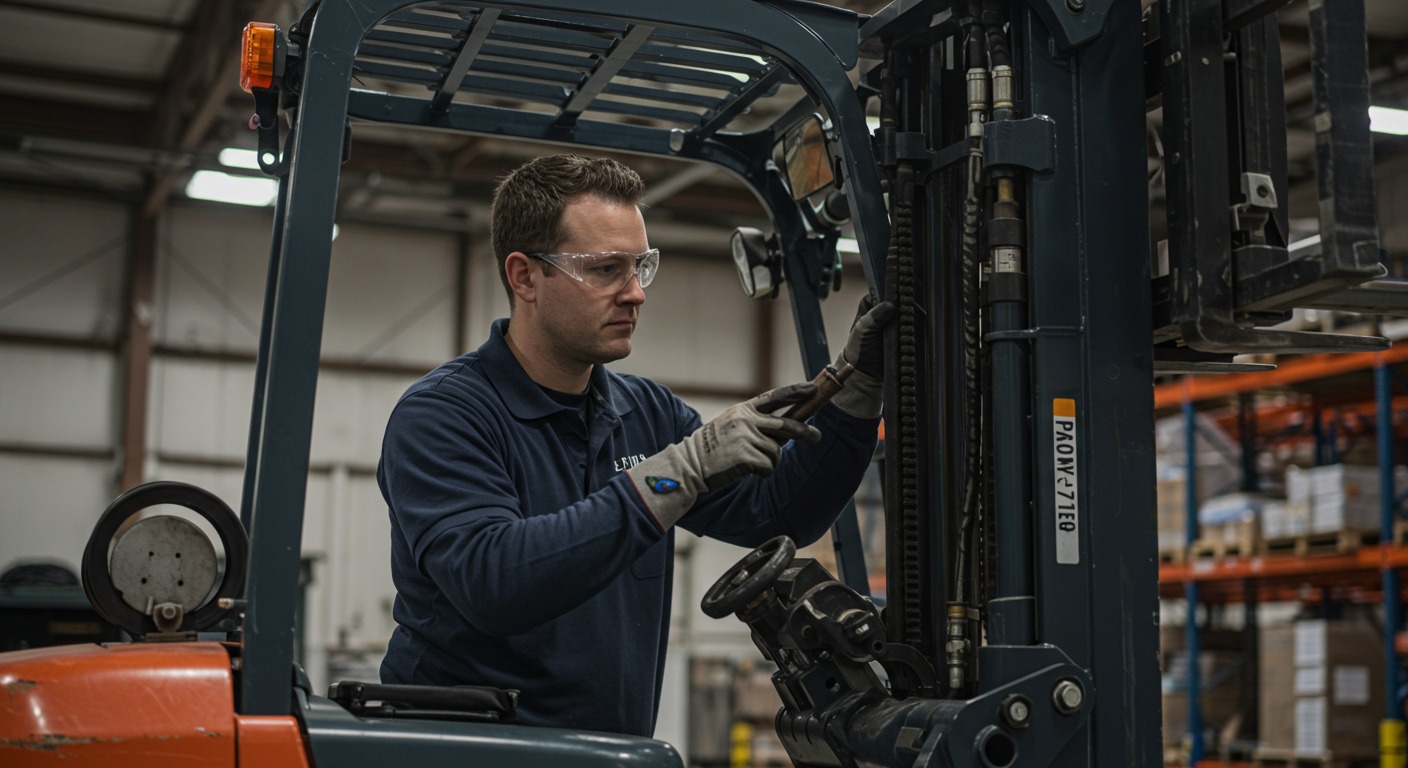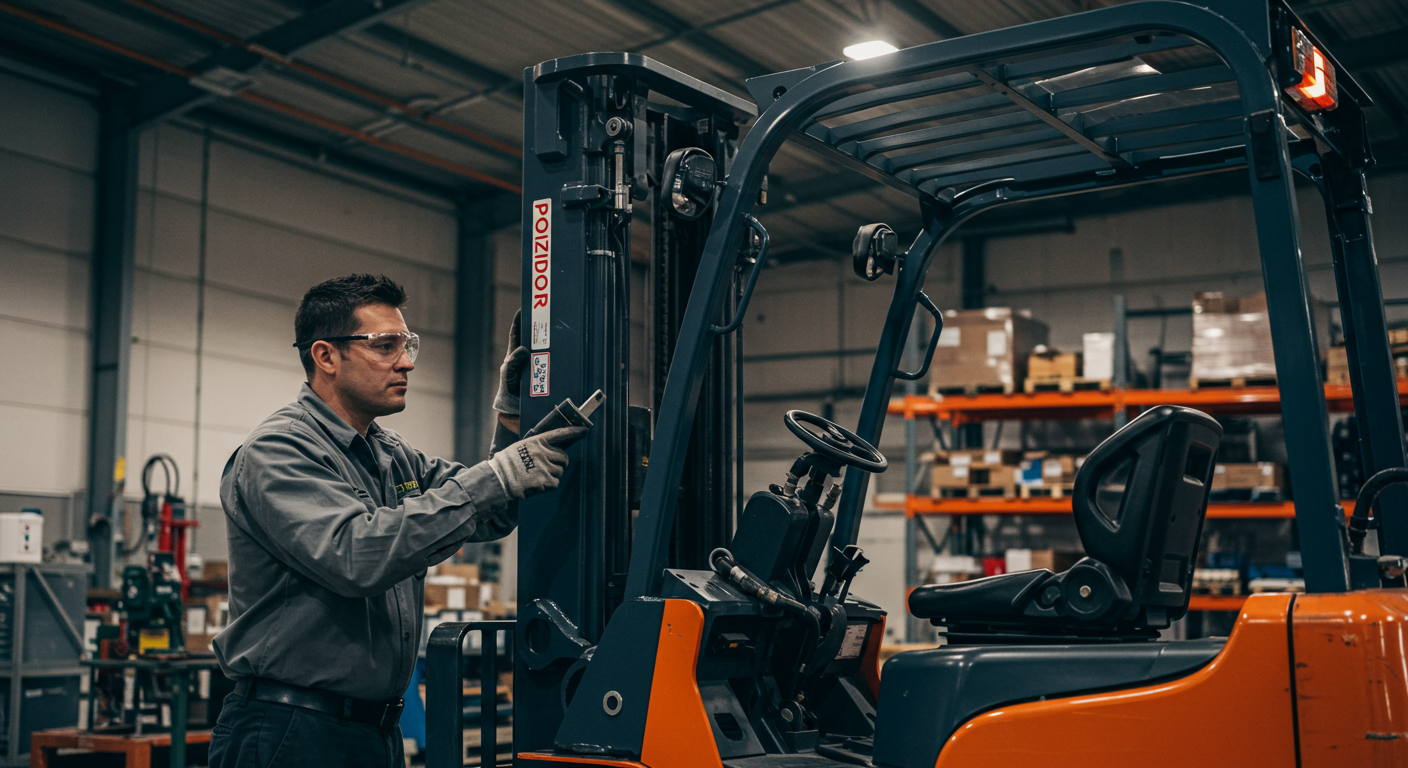- Introduction
- Understanding Workers’ Compensation in Manufacturing Plants
- Identifying and Assessing Workplace Hazards
- Developing Comprehensive Safety Training Programs
- Implementing Regular Equipment Maintenance and Inspections
- Maintaining Accurate Incident Reporting and Record-Keeping
- Streamlining the Claims Management Process
- Establishing Effective Return-to-Work and Transitional Duty Plans
- Leveraging Technology and Data Analytics for Injury Prevention
- Fostering a Safety-First Culture Among Employees
- Partnering with Insurers, Legal Experts, and Medical Providers
- Conclusion
1. Introduction
Manufacturing plants are the backbone of industry, yet they carry inherent risks that can lead to workplace injuries and costly workers’ compensation claims.
Effectively managing these risks not only protects employees’ well-being but also safeguards the company’s bottom line and reputation.
By adopting a comprehensive approach—spanning hazard identification, safety training, claims processing, and return-to-work planning—manufacturers can minimize incidents and streamline compensation procedures.
This article explores ten practical strategies that will help manufacturing facilities reduce injury rates, accelerate recovery, and maintain compliance with workers’ compensation regulations.

2. Understanding Workers’ Compensation in Manufacturing Plants
Workers’ compensation provides wage replacement and medical benefits to employees injured on the job.
In manufacturing environments, common injuries include strains from repetitive motions, slips on oily surfaces, and mishaps with machinery.
Having a clear grasp of eligibility, claim deadlines, and state-specific regulations is critical.
Proactively communicating coverage details to all staff ensures they know their rights and responsibilities.
Educating supervisors on the proper procedures for reporting and documenting injuries can prevent claim delays and disputes.
An informed workforce and leadership team form the foundation of a dependable workers’ compensation program.
3. Identifying and Assessing Workplace Hazards
A thorough hazard assessment begins with a walk-through of the facility to spot potential dangers.
Machinery guards that are missing or improperly installed, slippery floors near oil drains, and poorly lit workstations must be documented.
Engaging employees in hazard identification taps into frontline insights; they often detect risks management may overlook.
Once hazards are cataloged, prioritize them by severity and likelihood of occurrence.
This risk-ranking process guides resource allocation, ensuring that the most critical threats are addressed first.
Regular hazard assessments help maintain a safe environment as plant operations or layouts evolve.

4. Developing Comprehensive Safety Training Programs
Safety training should be tailored to each job function, focusing on specific equipment and procedures employees use daily.
Interactive workshops, hands-on demonstrations, and multimedia modules keep training engaging and help reinforce key concepts.
New hires require in-depth orientation on company safety policies, emergency response protocols, and proper use of personal protective equipment.
Seasoned workers benefit from periodic refresher courses, especially when new machinery is introduced or processes change.
Documenting attendance and comprehension through quizzes or practical assessments ensures accountability.
Well-designed training programs reduce the likelihood of accidents stemming from human error.
5. Implementing Regular Equipment Maintenance and Inspections
Routine maintenance keeps machinery running smoothly and prevents malfunctions that could cause injuries.
Develop a scheduled inspection calendar for all critical equipment, including conveyors, presses, forklifts, and robotic arms.
Assign trained maintenance personnel to conduct checks, document findings, and perform necessary repairs or part replacements.
Use simple checklists—updated as machinery is upgraded—to ensure no component is overlooked.
Implement a lockout-tagout system during servicing to protect workers from unexpected start-ups.
Meticulous maintenance records demonstrate due diligence and support insurers’ and regulators’ inquiries.

6. Maintaining Accurate Incident Reporting and Record-Keeping
Timely and precise incident reports are vital for both injury prevention and claim resolution.
Require supervisors to file detailed accounts of every incident, no matter how minor, within 24 hours of occurrence.
Reports should include employee statements, witness contacts, photos of the scene, and any equipment involved.
Store records securely in digital format, organized by date, department, and injury type for quick retrieval.
Analyzing trends in reported incidents helps identify recurring problems and informs future safety initiatives.
Transparent record-keeping also fosters trust between management, employees, and insurance carriers.
7. Streamlining the Claims Management Process
A streamlined claims process reduces administrative burden and speeds up employee recovery.
Designate a claims coordinator to serve as the single point of contact for injured workers, supervisors, medical providers, and insurers.
Provide clear instructions on how to file a claim, required documentation, and anticipated timelines.
Follow up regularly with the insurance carrier to track claim status and address any information gaps promptly.
Early engagement—such as scheduling medical appointments and authorizing necessary treatments—demonstrates commitment to employee welfare.
Efficient claims handling minimizes litigation risk and controls indemnity and medical costs.

8. Establishing Effective Return-to-Work and Transitional Duty Plans
Returning injured workers to productive roles as soon as medically feasible benefits both the employee and the organization.
Collaborate with treating physicians to understand work restrictions and create modified duty assignments.
Tasks such as quality inspections, light assembly, or safety monitoring can keep employees engaged while they recover.
Regular check-ins ensure the employee’s condition is improving and that accommodations remain appropriate.
Gradual reintroduction to full responsibilities helps prevent re-injury and supports long-term healing.
Successful return-to-work programs lower workers’ compensation expenditures and preserve institutional knowledge.
9. Leveraging Technology and Data Analytics for Injury Prevention
Advances in wearable sensors, IoT devices, and data analytics allow real-time monitoring of workplace conditions.
Sensors can detect excessive vibration, temperature spikes, or unsafe postures and trigger immediate alerts.
Analytical software aggregates incident, near-miss, and maintenance data to identify hidden risk patterns.
Predictive models forecast equipment failure or high-risk scenarios before they occur.
Dashboards and visual reports empower safety managers to prioritize interventions and measure program effectiveness.
Investing in technology creates a proactive safety ecosystem that evolves with the plant’s needs.

10. Fostering a Safety-First Culture Among Employees
A strong safety culture starts at the top, with leadership consistently demonstrating and reinforcing safe behaviors.
Managers should conduct regular safety huddles, recognizing safe practices and discussing near-misses openly.
Encourage employees to take ownership of safety by reporting hazards without fear of reprisal.
Peer-to-peer observations and feedback sessions help maintain vigilance and accountability across shifts.
Celebrate milestones such as injury-free days or completion of advanced training programs.
When safety is viewed as a shared value rather than a mandate, compliance and morale both improve.
11. Partnering with Insurers, Legal Experts, and Medical Providers
Collaborative relationships with external stakeholders streamline workers’ compensation management.
Work closely with insurance brokers to negotiate favorable premiums and obtain insights on risk control services.
Legal counsel can review claim protocols and ensure full compliance with evolving regulations.
Establish preferred provider networks with physicians, physical therapists, and occupational health clinics.
These relationships expedite medical appointments, treatment authorizations, and reporting.
Aligned partnerships reduce administrative friction and foster a supportive recovery environment for injured workers.

12. Conclusion
Proactively managing workers’ compensation in manufacturing plants demands a holistic strategy that spans hazard assessment, training, claims handling, and cultural reinforcement.
By implementing these ten essential strategies, manufacturers can minimize injury rates, accelerate employee recovery, and control costs.
A robust safety infrastructure not only protects the workforce but also enhances operational efficiency and competitive advantage.
Begin today by evaluating your current practices and charting a roadmap for continuous improvement in workers’ compensation management.
